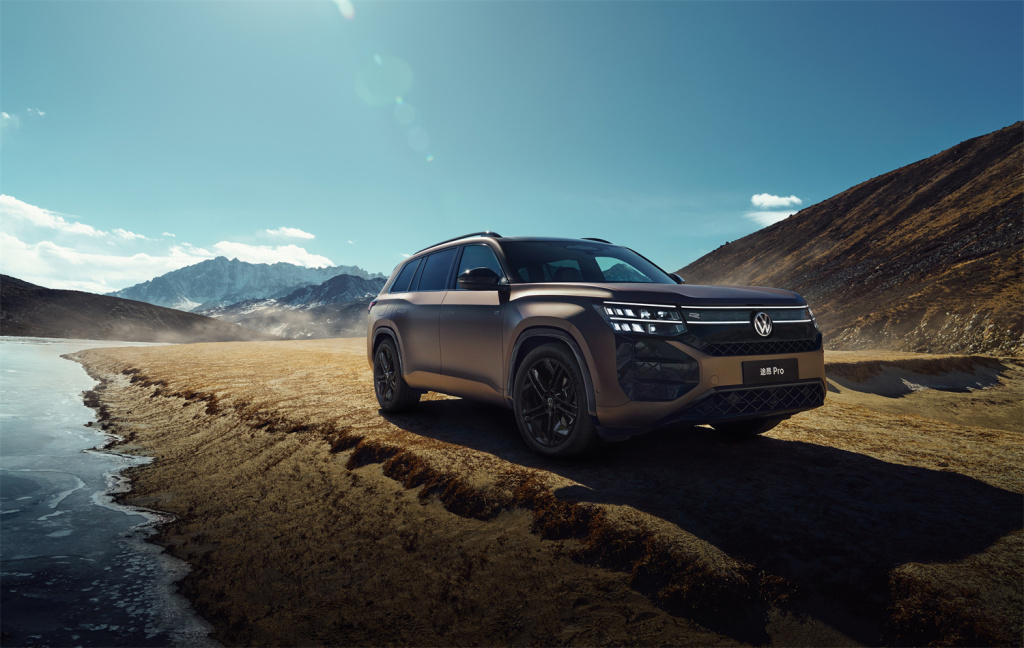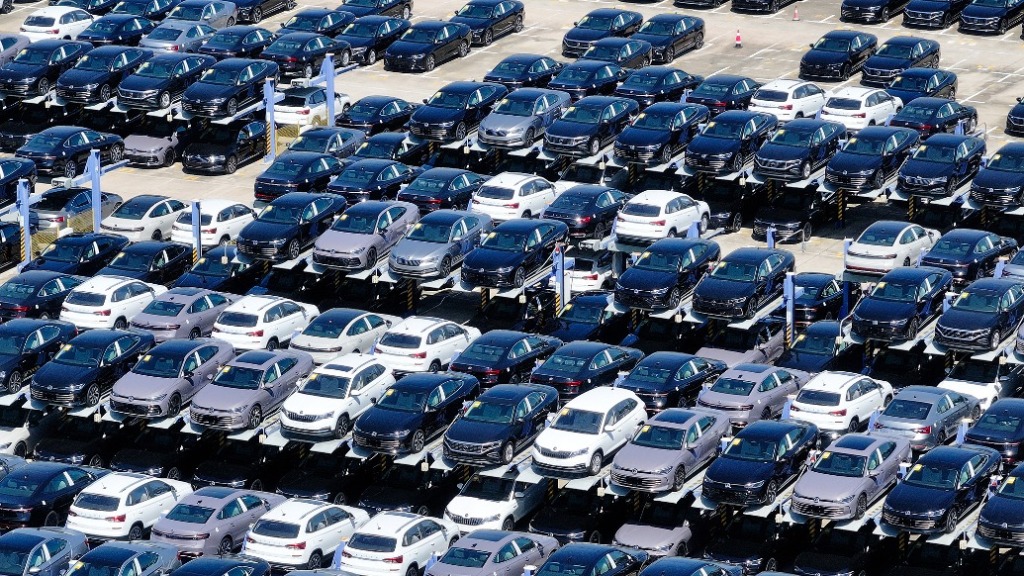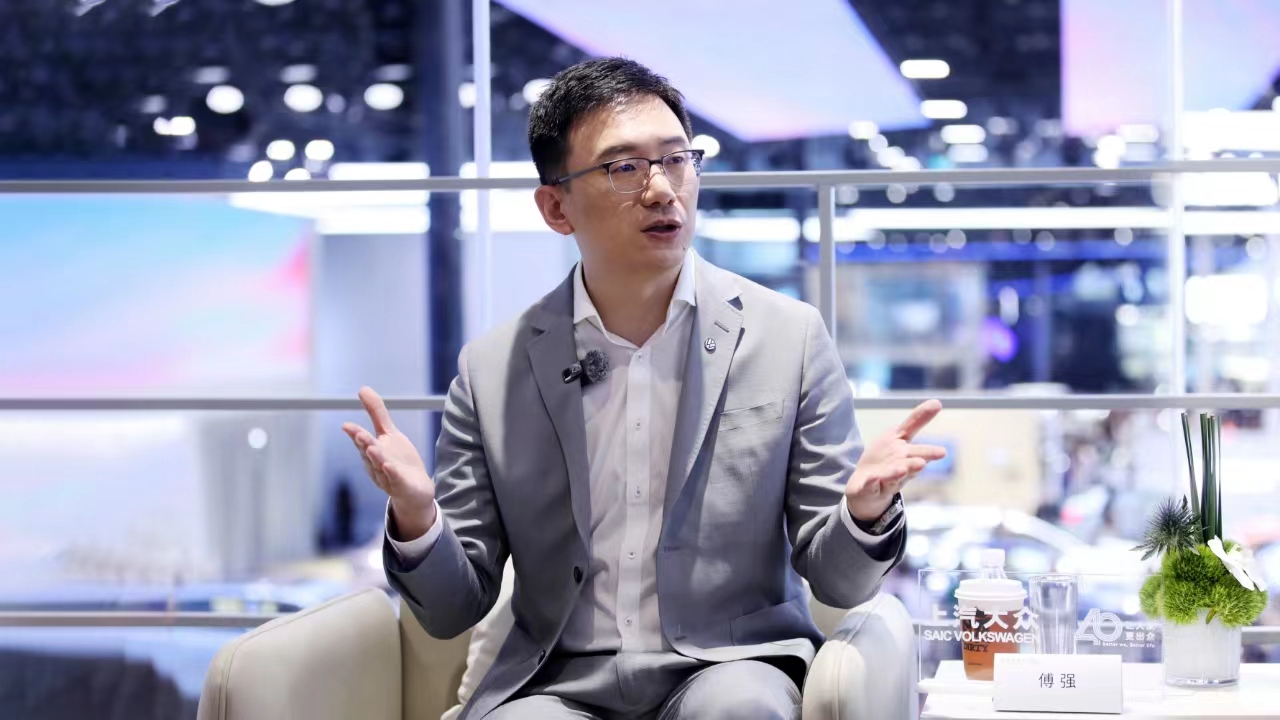
The 2024 Chengdu Motor Show marks the beginning of a counteroffensive by SAIC Volkswagen, the long-standing frontrunner in China's automotive market.
At this event, regarded as a barometer for the development of the automotive market in Central and Western China, SAIC Volkswagen not only showcased innovative vehicles like the Passat Pro and the Tiguan L Pro, which feature both gasoline and electric power; they also introduced the remarkably priced SUV, the Tharu, starting at just 79,900 yuan. This pricing, along with a promise of lifetime complimentary warranty for all first-time non-commercial owners on the powertrain, is enough to make competitors within the A-class market tremble.
“SAIC Volkswagen is very decisive; attacking is the best form of defense." On August 30, in the second-floor booth of SAIC Volkswagen at the Chengdu Motor Show, Fu Qiang, newly appointed Executive Vice President of Sales and Marketing for SAIC Volkswagen Automotive Co., Ltd., and General Manager of Shanghai SAIC Volkswagen Automotive Sales Co., Ltd., stated: “Many media outlets and experts predict that in the future, there will be only about ten automotive brands surviving in the Chinese market. If this prediction holds true, then attacking is our only strategy. We must ensure we are at the table eating, rather than being the meal on the table—this is the consensus among the marketing team at Volkswagen, including the members of the management board.”

Fu Qiang, Executive Vice President of Sales and Marketing for SAIC Volkswagen Automotive Co., Ltd., and General Manager of Shanghai SAIC Volkswagen Automotive Sales Co., Ltd.
You can always count on Škoda
It’s not just the Volkswagen brand that is set to make a significant impact on the market. The presence of Škoda is also notable at the exhibition.
The Superb is Škoda’s main model on display, and its product strength can be summarized in a single word: "big." From its large dimensions and hatchback design to its sizeable wheels and dashboard, you can find all things "big" in this vehicle.
Moreover, the Superb's price has reached an all-time low starting at 121,900 yuan, with expected street prices starting at 119,900 yuan. With the product power of a mid-size car, it boldly disrupts the price range of compact cars, making it a unique contender expected to shake up both the traditional A-class and B-class sedan markets.
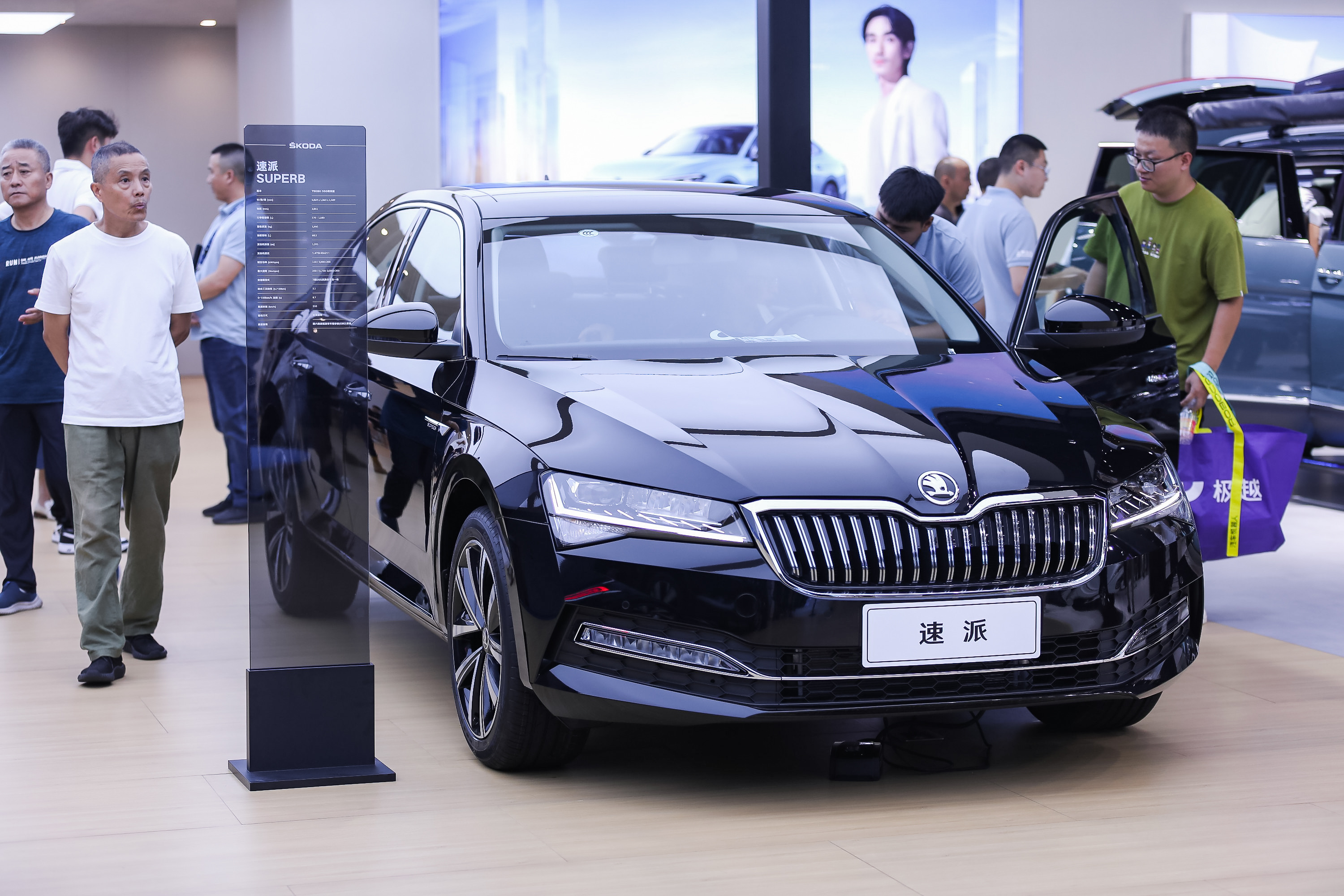
With the strong and mature backing of SAIC Volkswagen's infrastructure, Škoda can evidently withstand any market fluctuations.
“Škoda is an important and inseparable part of SAIC Volkswagen,” Fu Qiang emphasized. He mentioned that SAIC Volkswagen is exploring adjustments in its marketing strategy to deepen Škoda's brand differentiation, creating unique market competitiveness. “We believe Škoda currently has high network coverage in first- and second-tier cities, but it is relatively low in third-, fourth-, and fifth-tier markets, where there is a strong demand for Škoda products and services. Therefore, we are now advancing the integration of our network channels, selling both Volkswagen and Škoda models in Volkswagen showrooms.”
It is reported that nearly 500 Volkswagen brand dealers have applied to also represent the Škoda brand; more than 330 of them have completed the authorization process, which will increase Škoda's market coverage significantly.
“At the same time, we promise Škoda owners that no matter where you buy a car, SAIC Volkswagen will ensure you don’t have to worry while driving across the country; whether you need maintenance or warranty, you will never need to worry,” Fu Qiang added.
The Tharu, priced below 100,000 yuan, has no competitors
Fu Qiang revealed that Škoda and Volkswagen brands share consistent service and product standards, but their models cater to different market segments.
Some potential customers looking at Volkswagen may feel tempted by the cheaper prices of Škoda; conversely, those originally interested in Škoda may also consider Volkswagen’s designs.
Ultimately, it’s about providing diverse options for users with different needs.
For example, Volkswagen’s current SUV lineup includes models from the T-ROC to the Tharu, the Tiguan, Tiguan L, Tiguan L Pro, and the Teramont, covering a price range from 80,000 yuan to 320,000 yuan, with key products at every 10,000 yuan interval. “This broad coverage aligns with Volkswagen’s branding as a national brand, ‘making cars for the people,’” Fu Qiang stated.
He stressed the significant promotion of the Tharu, describing it as “not only affordable but also very capable.”
The 1.5T EVO II engine utilizes Porsche's VTG variable geometry turbocharging technology, along with a 350 bar high-pressure fuel injection system, Miller cycle, and plasma cylinder coating technology, achieving a fuel consumption of just 5.7L per 100 km. “To be bold, on highways, the fuel consumption of Japanese hybrid products does not compare to our low figures.”
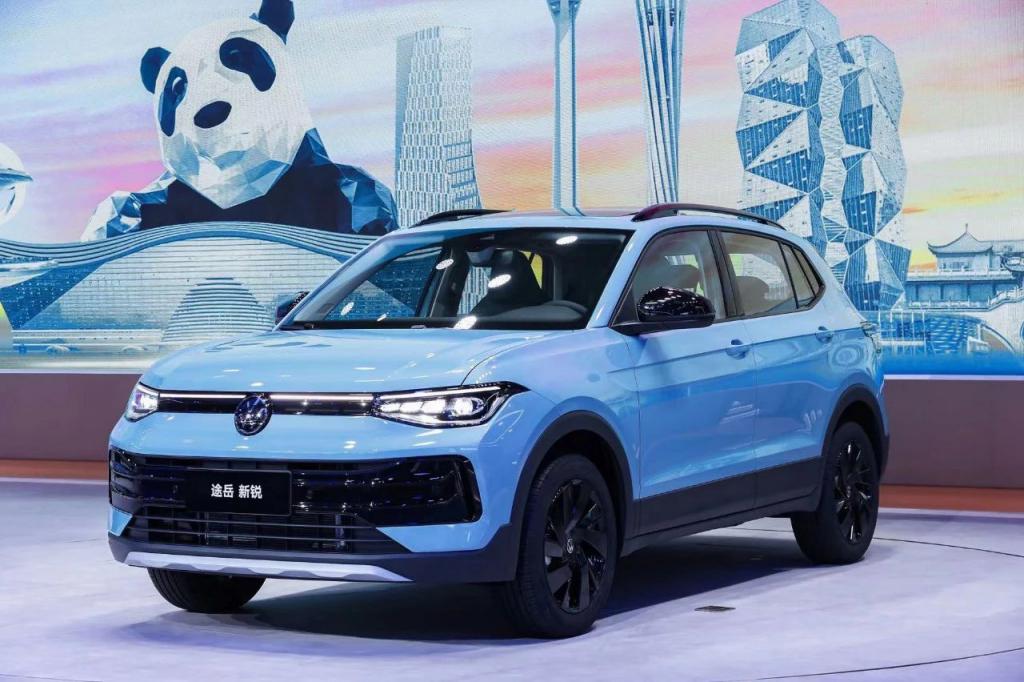
The Tharu not only boasts a robust “heart,” but also excels in safety features. It introduces a three-chamber central airbag, which is not only a first for Volkswagen’s entire range but also a first for its class, demonstrating excellent safety protection. “Objectively speaking, I don't see any competitors for the Tharu below the 100,000 yuan segment,” he expressed.
When discussing the product, Fu Qiang wasn’t hesitant. He pointed out that at the press conference that day, SAIC Volkswagen directly identified its competitors for the first time, allowing everyone to see whose product is superior. Within SAIC Volkswagen, targeting competitors is referred to as finding “anchor points.” “When everyone compares the Tharu with the two Japanese competitors, they will intuitively feel the differences; we can enter upright, whereas they have to bend down.”
“In market transformations, the best defense is a strong offense, but how to attack requires finesse. Strategically, we must make choices regarding which markets to pursue and which to avoid, clearly defining where we go to battle and with whom. In the past, we would never mention competitors at press conferences; this time, we are being clear because it’s essential to provide better benefits to our users.”
According to reports, after entering August and September, SAIC Volkswagen's dealers exhibited significant confidence. “Because we adopted an offensive strategy, our products began to sell well, and prices started to recover.”
In these two years, we must remain in the million club
No longer hiding their intentions, SAIC Volkswagen is aggressively pushing forward with their strategies.
The aim of enhancing the value-for-money of the Tharu is to win the favor of users below the 100,000 yuan threshold and maintain overall sales volume.
“What does rapid sales decline indicate?” Fu Qiang posed a rhetorical question, suggesting that it leads to severe challenges to the stability of the sales network, decreasing from a thousand networks to eight hundred, six hundred, four hundred, and then three hundred. “When you have a good product to release, do you still have the support of brothers in arms to help you sell those products? I’m afraid not. Thus, I don’t have confidence in some joint ventures that choose to take it easy. Once you decide to lay back, it becomes impossible to get back up. And you will find that the price for returning is much greater than the cost of standing firm initially, as everyone will have already forgotten the brand.”
Fu Qiang reiterated the resoluteness of SAIC Volkswagen's choices.
He indicated that this year, SAIC Volkswagen's product strategy focuses on strengthening product capabilities and enhancing brand prestige, exemplified by the Tiguan L Pro and Passat Pro, both of which perform exceptionally in the market.
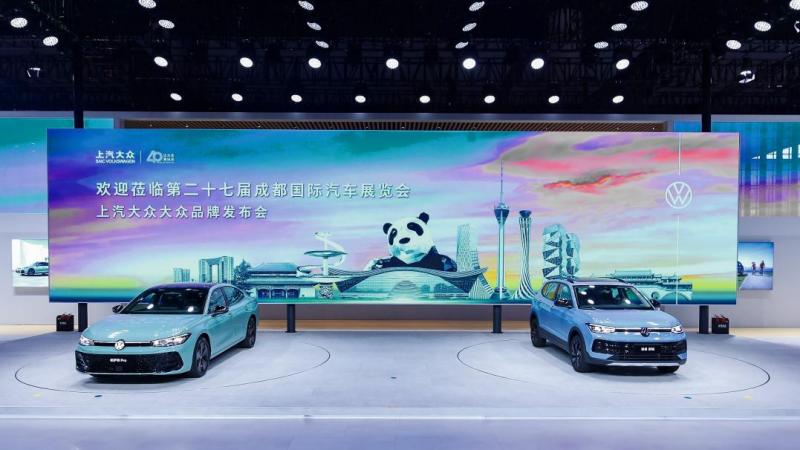
For instance, the Passat sold over 20,000 units in July and ranked first in its segmented market. The Passat Pro continues to enhance product strength, adding comfort to its intelligence, particularly in rear passenger space. The rear seats are the only adjustable seats found in the entire B-class segment, including features such as seat ventilation, heating, and massage, along with integrated headrest audio.
“The Volkswagen DNA embodies product quality and material excellence; we want our users to experience these advantages,” Fu Qiang stated. “Given that we've invested heavily in such great factories—including cavity waxing, laser welding, and high-strength steel ratios—I want consumers to recognize this. Through complimentary powertrain warranties and guaranteed residual values, we want users to enjoy the benefits of purchasing a Volkswagen vehicle.”
“We previously underestimated how rapidly the plug-in hybrid market would develop. Three or four years ago, predictions suggested that by 2030, the market share for new energy and gasoline vehicles would be approximately 50% each; now we see it's approaching that reality.”
In today's automotive market, BYD has established itself as the unquestioned king of the PHEV segment, with a 33% market share. However, Fu Qiang believes, “This is precisely good news because, in the long run, no brand can sustain over 30% market share.”
“What role will SAIC Volkswagen play in the future Chinese market? Will it remain a pioneering enterprise? The answer is always ‘yes,’” Fu Qiang affirmed, stating that the management teams from both domestic and international sides at SAIC Volkswagen share a consensus that they must remain in the millionaire club for the next couple of years. A transformational phase for SAIC Volkswagen, including SAIC Audi, is anticipated between the second half of 2025 and 2026.
“A large elephant can turn around quickly. In my view, SAIC Volkswagen has nearly completed this turnaround. Once the gaps are filled, SAIC Volkswagen will become formidable.”
